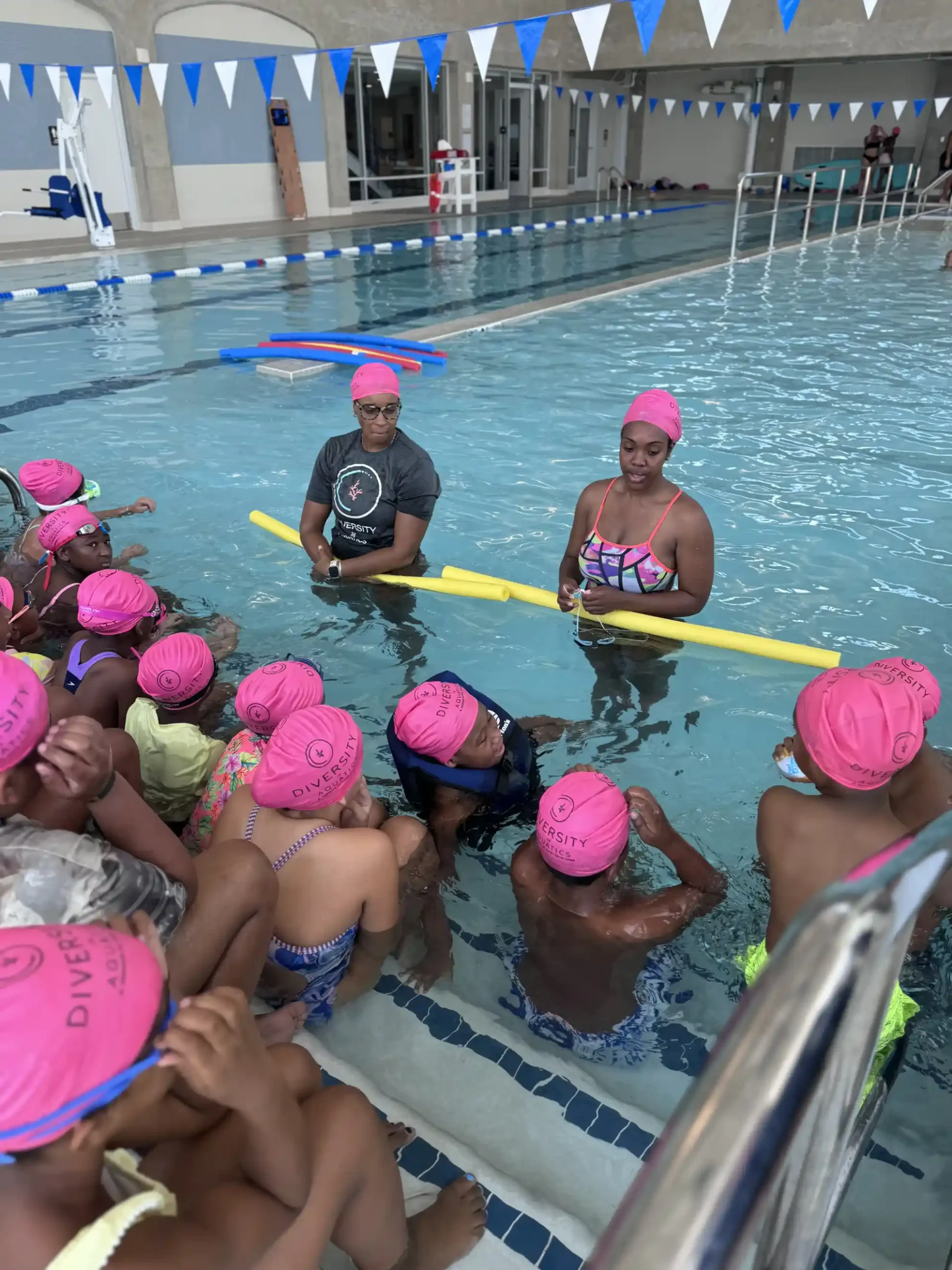Engaging Your Community in Water Safety Education
Water safety is not just important—it’s a matter of life and death, especially for children. Tragically, many water-related accidents happen because of a lack of awareness and education. Diversity in Aquatics aims to close that gap by empowering communities with the knowledge, resources, and confidence to stay safe in and around water.
This guide offers a comprehensive approach to educating your community about water safety. Whether you're a concerned parent, an educator, or a community leader, you’ll find practical strategies to help prevent drowning and promote responsible aquatic behavior.
Start by organizing water safety awareness events such as community water safety days, swim safety fairs, or interactive workshops. These can include:
Use public spaces like parks, community centers, and schools to host inclusive and accessible events. Engage families with activities for children, such as water safety games or coloring books.
Create or source easy-to-understand educational resources:
Be sure to include critical messages such as:
Diversity in Aquatics and partners like the American Red Cross offer ready-made materials you can customize for local use.
Incorporate water safety education into school curricula and after-school programs. Work with local teachers and administrators to:
Youth-focused education ensures water safety lessons are taught early and reinforced at home. Children are also excellent messengers, often sharing what they learn with their families.
The Ripple Effect report highlights how community partnerships strengthen water safety efforts. Collaborate with:
These organizations can help extend your reach, provide venues or instructors, and support with funding or materials.
Use digital platforms to share life-saving information and promote events:
Partner with local news outlets to run PSAs, write op-eds, or broadcast interviews with water safety advocates.
By staying inclusive and community-focused, your outreach will resonate more deeply and create lasting change.
Drowning is one of the leading causes of death for children. Water safety education helps prevent these tragedies by teaching critical skills and awareness.
Children can start water acclimation as early as 6 months, and formal lessons usually begin around age 4. The earlier, the better.
No! While pools help, much of water safety education can be done in classrooms, parks, or other community spaces.
Check out materials from Diversity in Aquatics, the American Red Cross, and local health departments. Many offer downloadable content and toolkits.
Partner with local aquatic centers, certified lifeguards, or swim instructors willing to volunteer or work with your program.
Absolutely. Use culturally sensitive materials and bilingual content. Respect traditions while promoting safety.
Track attendance, distribute surveys, and gather testimonials. Look for increases in swim lesson enrollment or lifejacket use.
Start small—use social media, volunteer support, and donated venues. Many organizations will partner or sponsor events.
Recruit them as peer educators or junior lifeguards. Youth leadership makes safety more relatable.
As highlighted in the Ripple Effect report, pools are vital hubs for learning, community building, and health. Ensuring equitable access is key to broadening water safety education.
